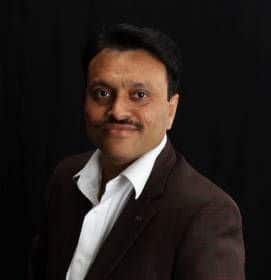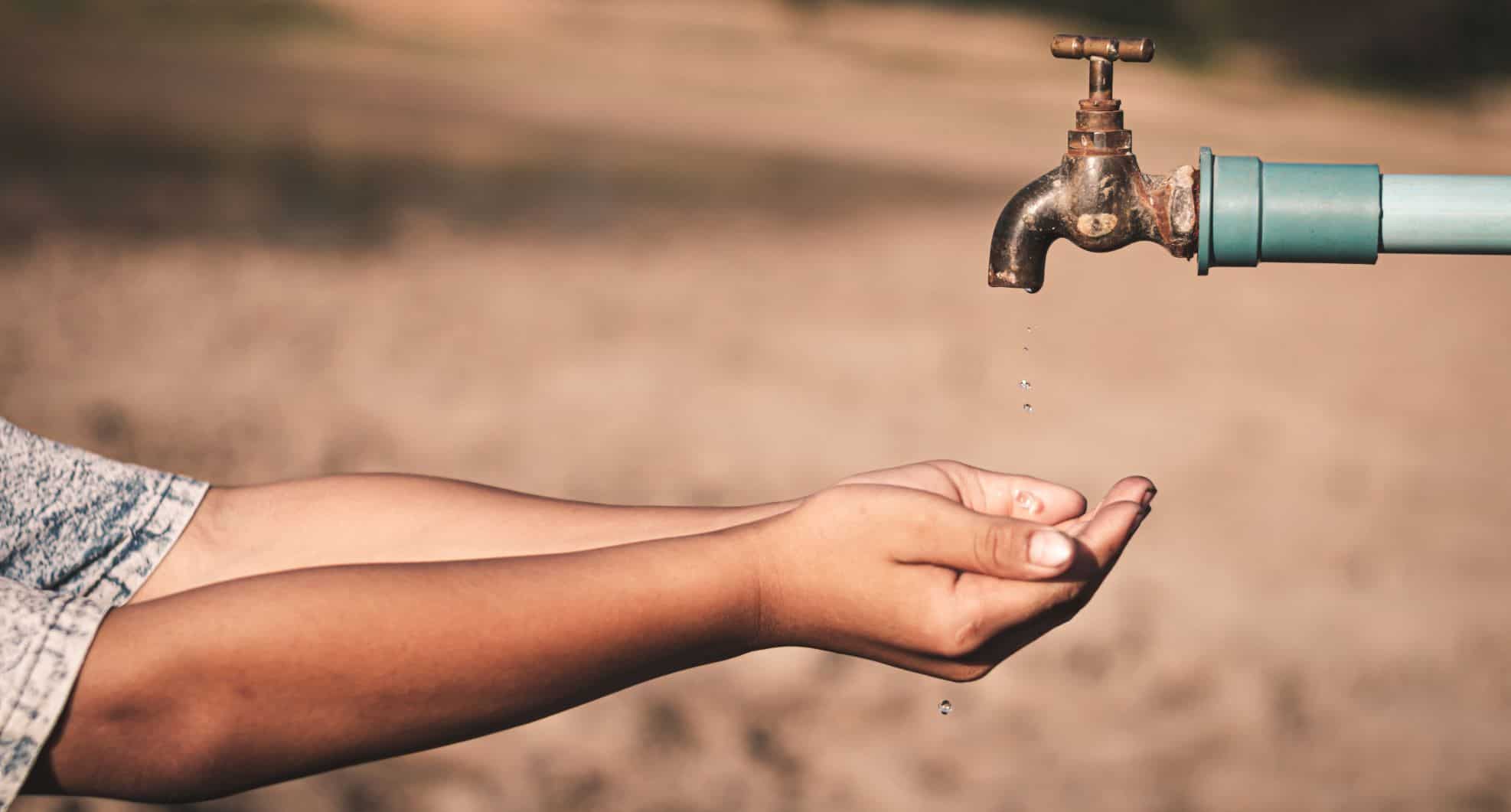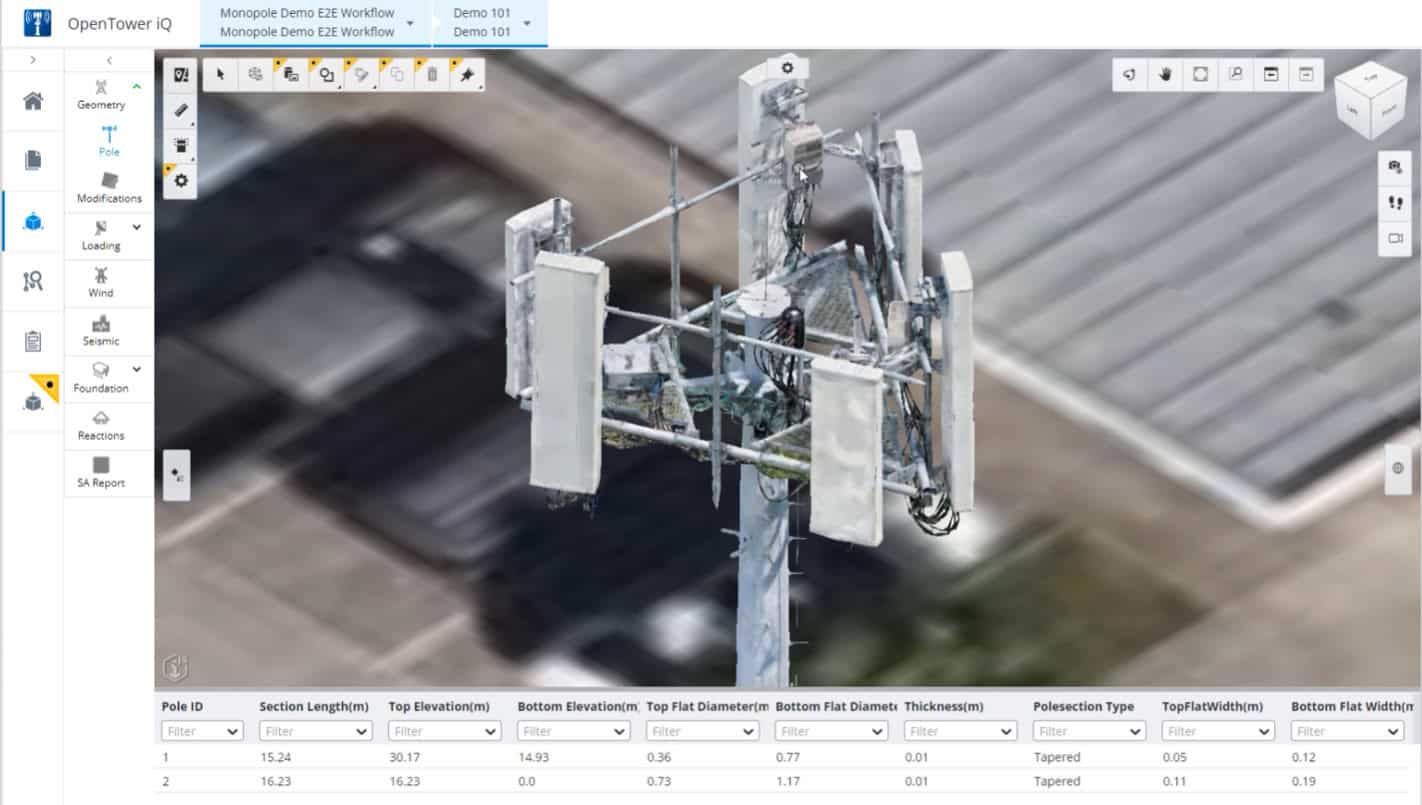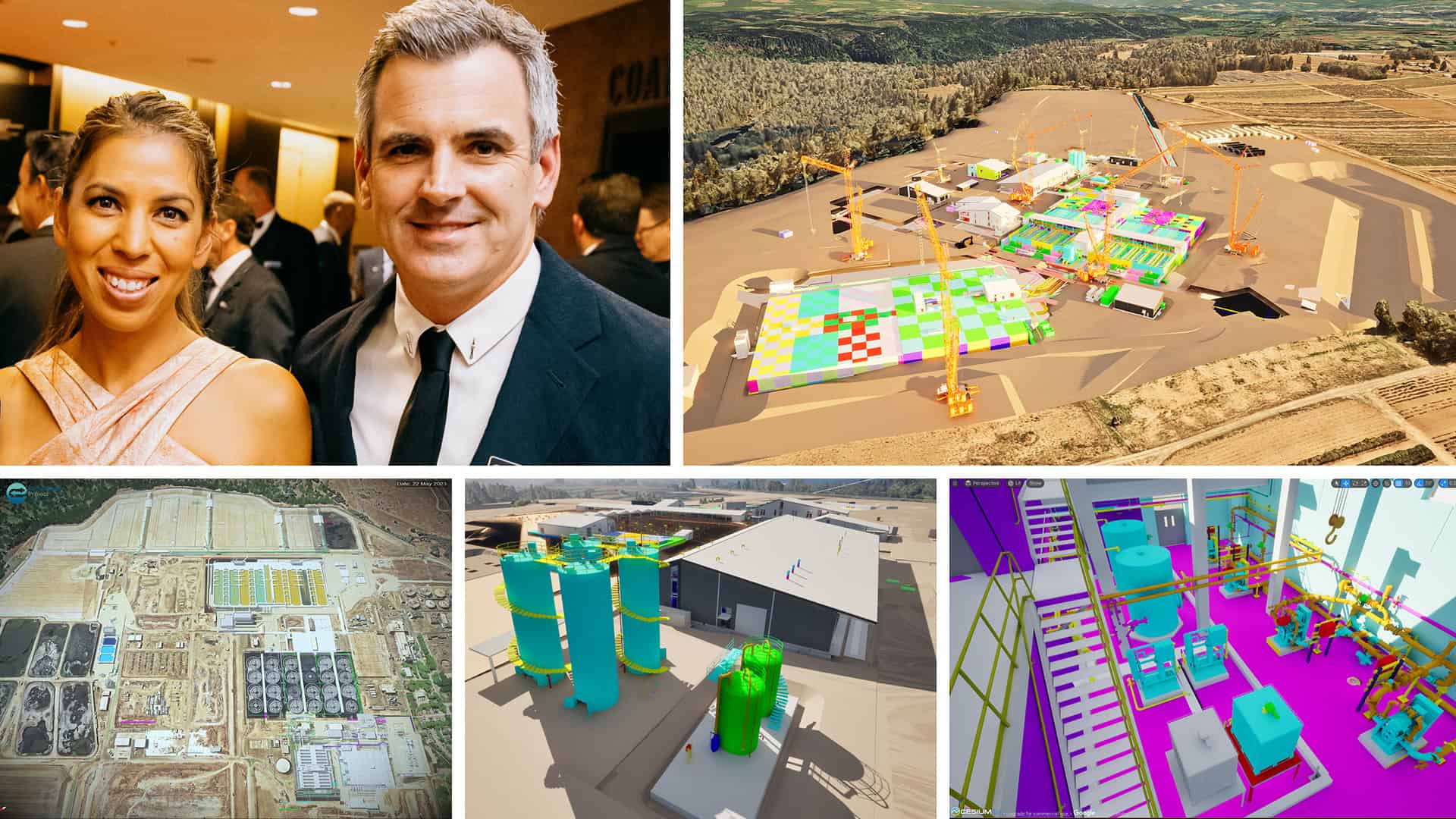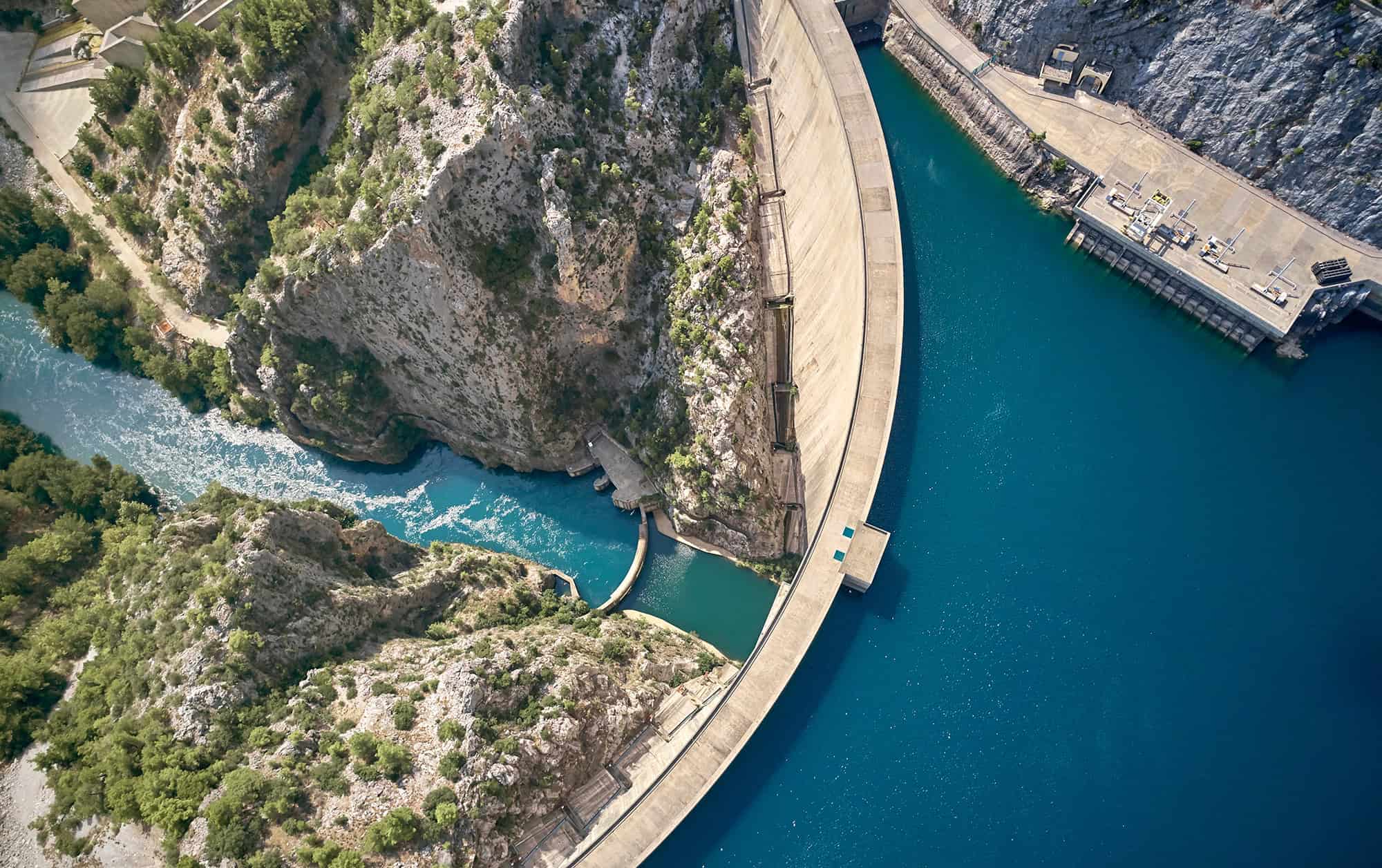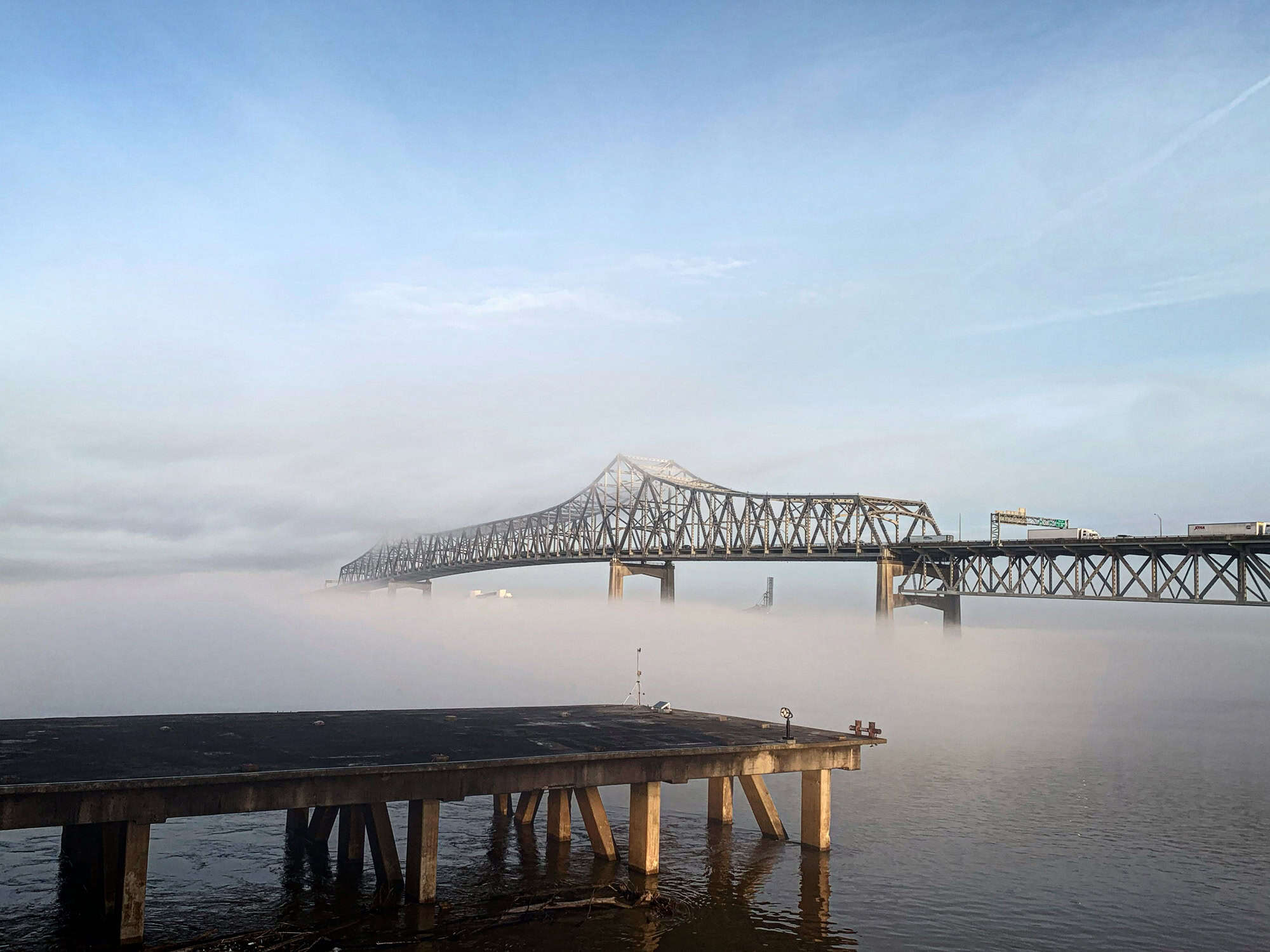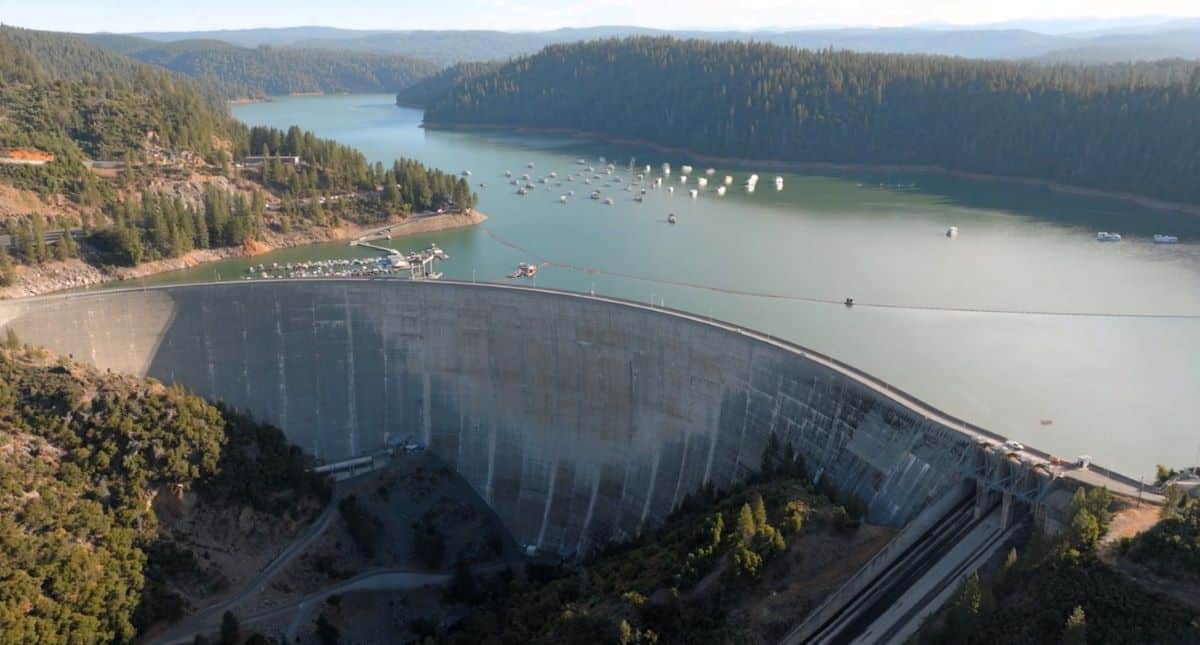Growing up in a small town in eastern India, we followed the ritual of walking to the nearest hand pump water station twice a day to fill up buckets of drinking water. The alternate water sources were the nearest river and the nearby ponds. We obviously tried to avoid muddy as well as dirty water at the river and ponds. However, as water pumps often broke, we had to resort to alternatives and then follow the laborious cleaning process of filtering using a cotton cloth. I vividly remember the base of the hand pumps covered with yellow stains, and cotton cloths picking up yellow shades after a wash, which gave us a false impression that the color of the water was yellowish.
Little did I know then that the color was due to the presence of metals, including iron, in the water. The cotton cloth used wasn’t good enough to filter out metals as well as pathogens. In the monsoon season, as waterborne diseases became prevalent, we used to boil the water before drinking to remove the harmful pathogens.
Fast forward a decade or so. As a civil engineering student, I was obsessed with environmental engineering and especially focused on water quality. As I observed my classmates get sick and miss classes due to jaundice, two of my classmates and I investigated and published my very first technical paper, pinpointing the source and point of contamination.
Water is a key ingredient for the recipe of life on Earth. This vital natural resource is so omnipresent in our daily lives that we often forget to appreciate its presence. To support population growth and address the threat of climate change, the United Nations founded World Water Day in 1993 to bring awareness to one of its key sustainability goals–water and sanitation for all by 2030.
World Water Day 2023 –Accelerating Change
World Water Day 2023 is about accelerating change to solve the water and sanitation crisis. And because water affects us all, the World Water Day organization asks that we all take action. UNESCO has reported that 2.5 billion people depend on groundwater for all their water-related needs. This includes hundreds of millions of farmers who use groundwater for irrigation. However, due to incompetent governance, groundwater sources are not well protected, causing depletion of groundwater tables and aquifer pollution.
In certain parts of India, groundwater is naturally contaminated due to the prevalence of many toxic and poisonous metals, such as arsenic, fluoride, iron, nitrate, etc. As per experts, these heavy metals increase at deeper strata. As the water table gets lower, deeper boreholes will be required to access underground water – with higher contamination. Unfortunately, my hometown is one of those places with naturally contaminated groundwater.
Our Journey to Clean Water
In 2011, we started a journey to provide clean water to the children of my home district, Malda, a small district town in West Bengal, India. This district falls under the Ganga River Basin, which covers more than 25% of India’s land mass and is home to almost half of the Indian population. The Ganges, India’s sacred river, is the lifeline of the country and bears the burden of it’s extraordinary population density. Over time, the river became contaminated with toxins, such as arsenic, cadmium, chromium, copper, lead, and mercury, as well as pathogens. According to the World Health Organization (WHO), its pollution is nearly 3,000 times greater than the safe limit. Pollution gets into the ground aquifer sediment through percolation. The severity of this crisis is almost unfathomable and no single organization or local government can efficiently offer a solution. However, I’ve always believed that individual and small group efforts could accelerate the desired outcome. After all, safe drinking water must be the norm in this modern world.
Our initial objective was to help a school struggling to retain students because of the lack of sanitation and clean water, but it quickly became a mission to help as many schools as possible. As requests started pouring in from other schools, our goal became bigger than ever before, and so did the challenges that came alongside them. As we began the process of expanding our operations to more remote villages, we found that electric energy sources were either unreliable or nonexistent, necessitating new plans for alternative energy solutions.
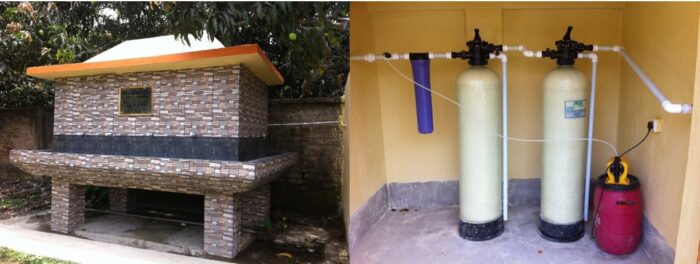 One of many water purification facilities built at schools in Malda, India by the Tribedi Safe Drinking Water Project, a project founded by Bentley colleague Apurba Tribedi.
One of many water purification facilities built at schools in Malda, India by the Tribedi Safe Drinking Water Project, a project founded by Bentley colleague Apurba Tribedi.After considering all relevant processes associated with a sustainable purification facility, we decided to take over the entire process for building a water purification facility, including drilling boreholes, installing water pumps, overhead tanks, filtration systems, and water outlets. This allowed us to build the facility independently and quickly avoiding bureaucratic red tape. However, it proved expensive and time-consuming.
It was around this time that I learned of Bentley Systems’ STEM grant program through which every full-
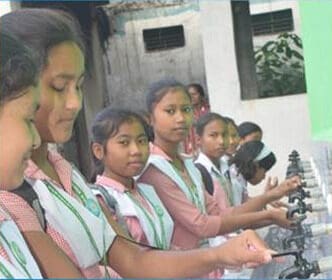 The Tribedi Safe Drinking Water Project serves over 70,000 students daily with safe and sanitary drinking water.
The Tribedi Safe Drinking Water Project serves over 70,000 students daily with safe and sanitary drinking water.time colleague can designate $250 USD or equivalent in funding to support STEM education programs across the globe. The program proved to be a key funding resource as over 300 colleagues from around the globe began supporting the “Tribedi Safe Drinking Water Project” with their donations totaling $70K USD. My family in India also stepped up to volunteer their time and energy to supervise the projects’ completion. Throughout the years, we have remained committed to spending 100% of our proceeds on the costs of the actual projects we undertake.
To date we have brought water purification systems to more than 50 schools, reliably serving over 70,000 students daily with safe and sanitary water. Our reward for this undertaking? Seeing the smiles of the schoolchildren we serve daily.
Raising Awareness
Another goal of our project is raising awareness about the pressing topics surrounding clean water. After every successful installation, we hold an inauguration ceremony where we educate teachers, staff, and students alike about the importance of clean water. We do this to encourage prevention of water wastage along with responsible maintenance. Almost all the schools we’ve served are successfully maintaining their purification facilities.
This project is the beginning of a journey towards a much bigger goal. As responsible citizens of the world, we must all take our first steps to making a difference. As spiritual beliefs from all around the globe teach us, happiness lies in selflessness. This happiness, in my experience, comes in the form of hugs, smiles, and countless blessings from those you can find a way to help. When we dedicate ourselves to selfless acts with sincerity and passion, we gain a newfound, deeper meaning in our lives.
We want to stay committed and motivated to address real problems, alleviate the discomfort they cause, and bring true joy to as many as humanly possible.
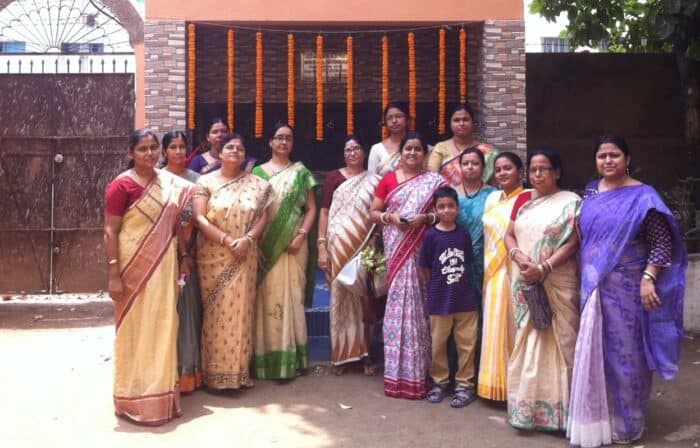 A group of teachers (joined by a student) pose in front of a newly built water station at a school.
A group of teachers (joined by a student) pose in front of a newly built water station at a school.About Bentley STEM Initiatives
Since the company’s inception, Bentley and its colleagues have embraced a culture of being good neighbors and giving back to communities in need throughout the world. Through corporate and personal giving, coupled with personal commitment to volunteering, we strive to make a positive impact for people worldwide by focusing on humanitarian efforts, giving to the community, and partnering with organizations that are infrastructure-aligned and have STEM initiatives. Our STEM initiatives support science, technology, engineering, and mathematics (STEM) efforts around the globe. These programs help encourage, educate, and empower students to explore the field of engineering.
